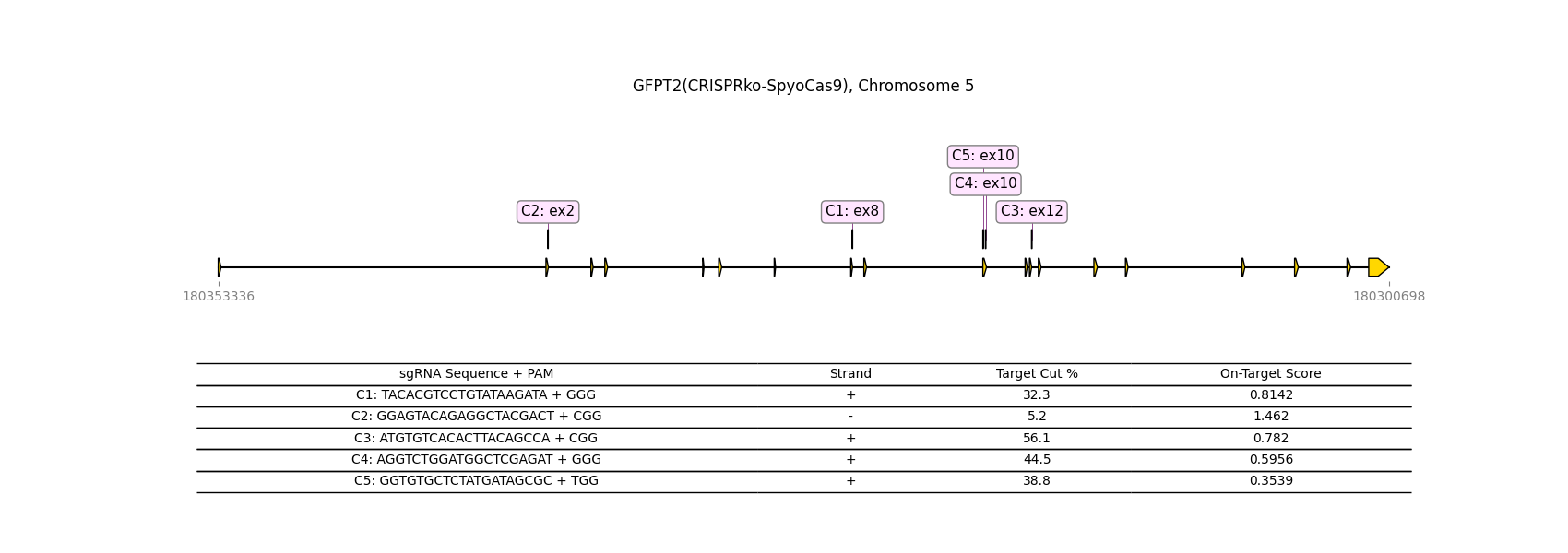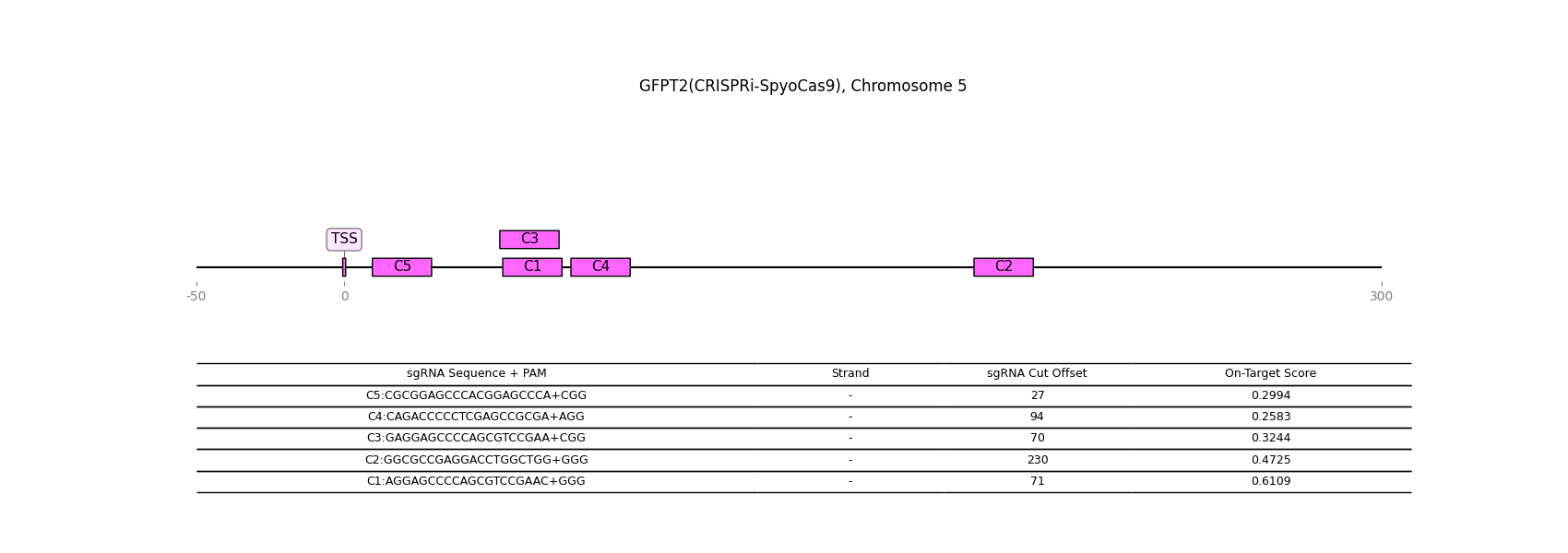Gene Details: GFPT2
1 / 1
General Information
Gene Name: GFPT2 (Glutamine--fructose-6-phosphate aminotransferase [isomerizing] 2)
Synonym:
Short Names:
Alternative Names: D-fructose-6-phosphate amidotransferase 2;Glutamine:fructose-6-phosphate amidotransferase 2;Hexosephosphate aminotransferase 2;
Notes:
- GFPT 1 / 2 Converts fructose 6-phosphate into D-glucosamine 6 phosphate in the hexosamine biosynthesis pathway with L-glutamate as a substrate.
Description from Dr.Glyco-GPT:
Warning: LLMs can generate factually incorrect information, as they simply predict the next word based on training data. Always verify LLM output by cross-checking with reliable sources!
Catalytic Activity

Reaction and Disease Links
EC # (IUBMB):
2.6.1.16
OMIM:
603865
KEGG: 9945
Rhea:
13237
Reactome :
R-HSA-446210
Transcript levels (Cell lines and Single cell data) URL
CRISPR-knockout

CRISPR-activation

CRISPR-inactivation

Transcription factor-gene relationship (details at glycoTF page)
Top 10 TFs
| TF | Score |
|---|---|
| SON | 0.271805 |
| RBM39 | 0.265870 |
| HNRNPK | 0.264986 |
| SUMO2 | 0.260426 |
| FUS | 0.259712 |
| UBE2I | 0.259342 |
| FGFR1 | 0.258817 |
| PCBP1 | 0.258170 |
| DEK | 0.257342 |
| STAT3 | 0.256904 |
Licensing: CC BY 4.0. You are fee to copy, redistribute, remix, transform and build upon all material, except for textbook figures from the Essentials.